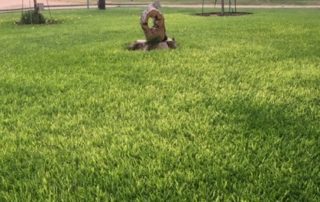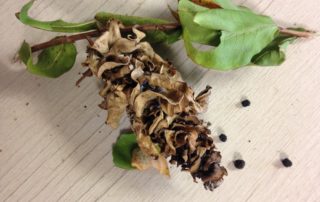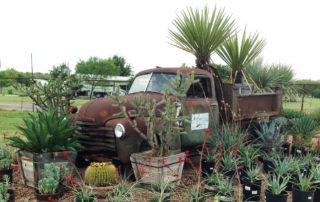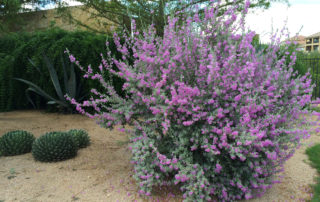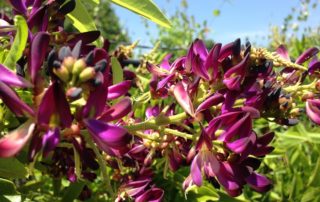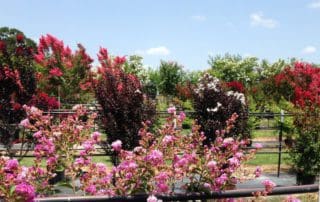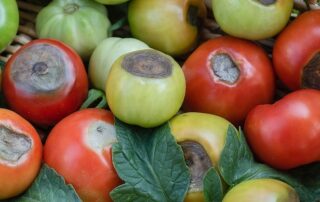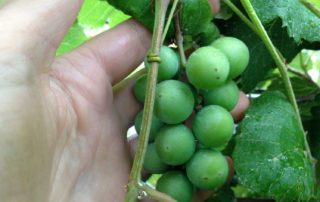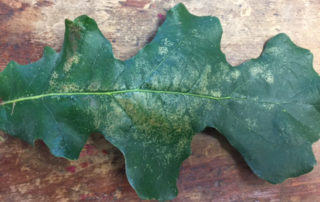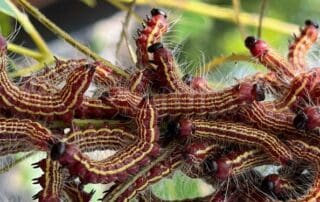Summer Lawn Issues
Many of you are concerned about your lawns right now, as large brown areas are starting to show up as the summer heats up. I would encourage all of you to do an irrigation audit first, to determine if it is water-related. Never “assume” that all is being watered equally. Instructions for an easy, DIY irrigation audit can be found HERE. There are certain lawn issues that show up at specific times of the year, and there are specific times to treat them. For instance, we only see chinch bugs in [...]

